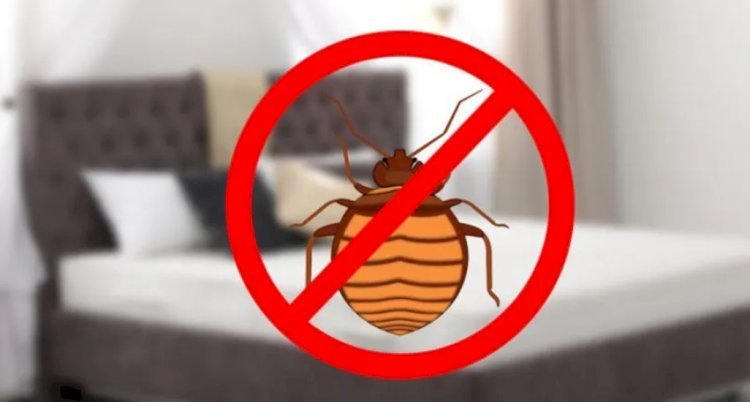What Is Bed Bug Heat Treatment and How Does It Work?

What's Your Reaction?








Bed bugs are among the most challenging pests to eradicate due to their resilience and ability to hide in tiny crevices. Traditional treatments like chemical sprays can be effective but may require multiple applications. Enter Toronto bed bug heat treatment, a highly effective, eco-friendly method that utilizes heat to eliminate bed bugs at all life stages.
In this article, we’ll explore what bed bug heat treatment is, how it works, and why it’s becoming a preferred choice for pest control.
Bed bug heat treatment is a professional pest control method that uses heat to exterminate bed bugs. Unlike chemical treatments, which rely on pesticides, heat treatment raises the temperature in an infested area to levels lethal to bed bugs. Temperatures typically reach 120°F to 140°F (49°C to 60°C), effectively killing bed bugs and their eggs.
Inspection and Preparation
A pest control professional will first inspect your home to identify infested areas. Preparation may include removing heat-sensitive items like electronics, candles, or plants from the treatment zone.
Sealing the Area
The treatment area is sealed off to ensure the heat remains concentrated and evenly distributed.
Heating the Space
Specialized heaters are brought in to raise the temperature. Fans may be used to circulate the hot air, ensuring it penetrates cracks, furniture, and other hiding spots where bed bugs dwell.
Monitoring Temperatures
Sensors are placed throughout the area to monitor temperatures, ensuring they remain at lethal levels for bed bugs for a sustained period (usually several hours).
Post-Treatment Inspection
After the process, pest control professionals will inspect the area to confirm the eradication of bed bugs.
Kills All Life Stages
Bed bugs can survive many chemical treatments, especially their eggs. Heat treatment kills eggs, nymphs, and adult bed bugs, breaking the infestation cycle.
Reaches Hidden Areas
Bed bugs often hide in hard-to-reach places like wall voids, mattress seams, and baseboards. Heat penetrates these areas effectively.
Chemical-Free Solution
Heat treatment is ideal for individuals sensitive to chemicals or those looking for an environmentally friendly pest control method.
The entire process typically takes 6–8 hours, depending on the size of the area and severity of the infestation. Unlike chemical treatments that may require multiple applications, heat treatment often resolves the problem in a single session.
While highly effective, heat treatment does have some considerations:
Bed bug heat treatment is a proven, efficient solution for eradicating these persistent pests. If you’re dealing with an infestation, consult a pest control professional to determine if heat treatment is the right choice for your situation.







Muhammad javeed Oct 3, 2024 0 620
Klaus Mikaelson Oct 3, 2024 0 537
Ruhi Parveen Nov 18, 2024 0 506